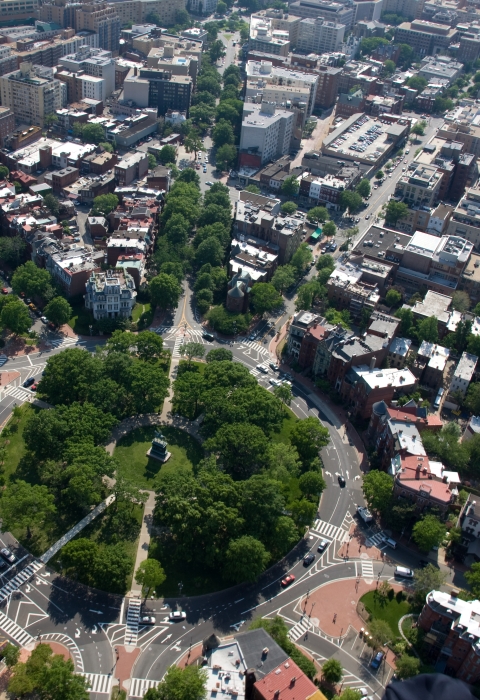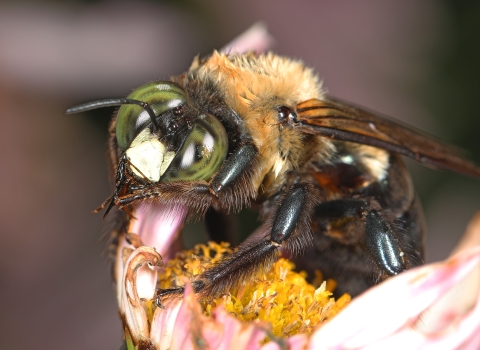The Urban Bird Treaty partnership in Washington D.C. works to conserve habitats, reduce hazards, and educate and engage local communities to develop and promote a legacy of environmental conservation in the District of Columbia.
Meadows in the metro
Through the program Saving Our Native Grasslands (SONG), UBT partners are engaging local students and volunteers in creating and restoring meadow habitats along the Anacostia River. This includes roadsides, cloverleafs, and in brownfields – leftover places in the city’s high density urban environment. During the course of the program, students learn about the benefits of pervious surfaces, investigate the structure structure
Something temporarily or permanently constructed, built, or placed; and constructed of natural or manufactured parts including, but not limited to, a building, shed, cabin, porch, bridge, walkway, stair steps, sign, landing, platform, dock, rack, fence, telecommunication device, antennae, fish cleaning table, satellite dish/mount, or well head.
Learn more about structure and purpose of seeds, and explore the different types of native birds and other wildlife that find homes in meadow habitats. Then, they restore the meadow habitats they have learned about by collecting native herbaceous plant seeds and taking part in a restoration workday. During the workday they plant the native seeds they collected, go on an interpretive nature hike, and build mason bee houses. An educational boat tour of the Anacostia River is a highlight!
Partners also provide teachers with professional development and mentoring to help them integrate the SONG program into their curriculum to sustain the student’s learning. Community volunteers help with invasive species invasive species
An invasive species is any plant or animal that has spread or been introduced into a new area where they are, or could, cause harm to the environment, economy, or human, animal, or plant health. Their unwelcome presence can destroy ecosystems and cost millions of dollars.
Learn more about invasive species removal and revegetation of native grasses and wildflowers. By establishing native meadow habitats, students and other volunteers increase and strengthen the biodiversity of the watershed and provide stormwater mitigation in the form of natural pervious surfaces -- making the river a cleaner, healthier, happier place for people, birds, and other wildlife.



